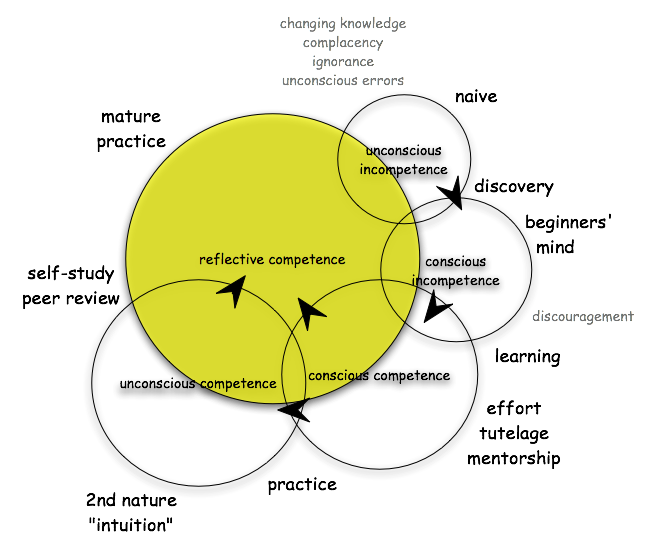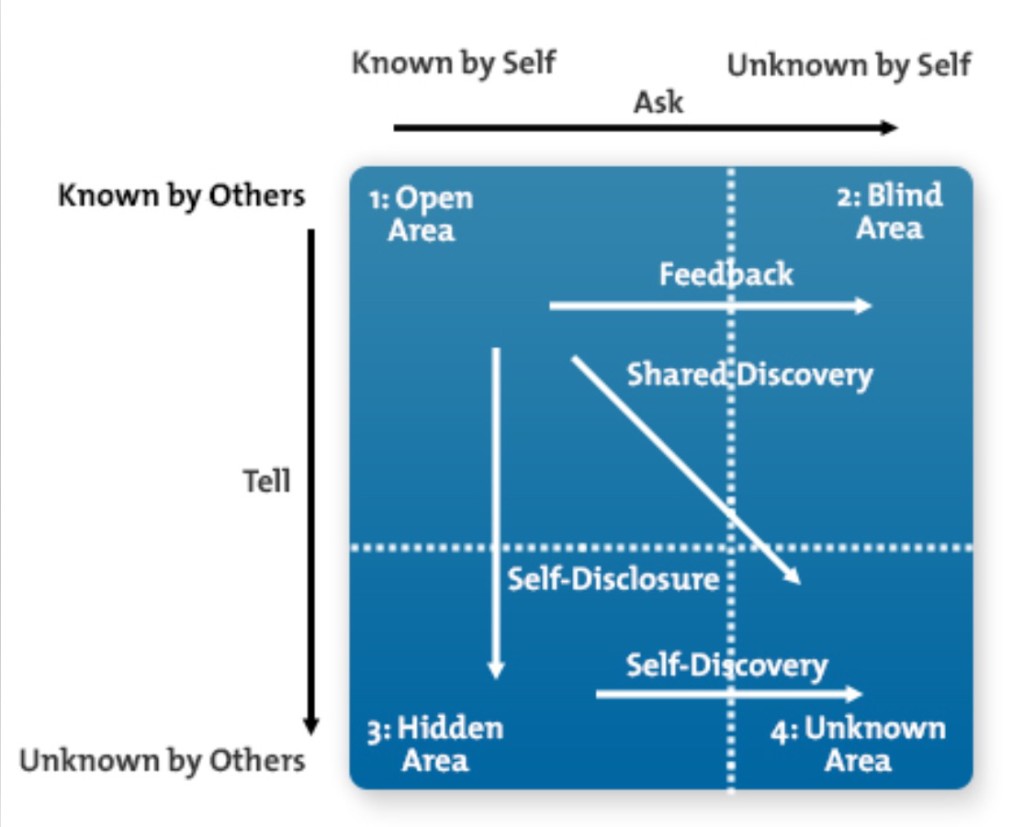Last Thursday, I had to go for a Nerve Conduction Test, that my doctor wanted me to do, since I was experiencing pain in the palm of my hands for past several months.
I had no idea what the test involved and I typically like to be in the know., I asked the assistant how long it would take and as I saw the doctor, soon after exchanging pleasantries, I enthusiastically asked him some specific questions on what the test involved. To one of my questions on where would he connect the electric nodes, he spontaneously responded “don’t worry there are no needles”. I had not expressed any fear of needles nor had asked anything about needles. My response that he can inject as many needles as the test may require and needles don’t scare me, because I have been a diabetic Type 1 for over 35 years, took him by surprise……
→How many times do we, when we are asked questions, tend to respond, based on our filters?
→How many of us patiently listen to the question empathetically?
→How many times do we listen without judgment and be in the moment?
→How many of us in our work and daily life, despite using the right tone, facial expression and body language, are made to feel guilty about asking questions ?
Leadership is about taking an overall perspective, having the humility to listen to another perspective and yet keep the communication and relationship healthy. Whilst giving an opinion may be adequate or necessary in some instances, in others it may not.
Leaders do not LEAD, when they Do Not
1.Let go
If we hold onto our bias, our filters, we will continue to view the world from that narrow perspective.
By not letting go of your baggage, you will be unable to influence others positively.
2.Energize
. They energize their communication by expressing themselves powerfully and in that they do not judge and be swayed by opinions, likes or dislikes. They listen to connect and see things with a fresh perspective. They think before they speak and are conscious of their bias and its impact, if they do not reframe their communication.
3.Accept
As a leader, you need to trust your intuition. You realize that you don’t get to choose all the cards in your life but you do get to choose how you deal with the cards you are dealt in, by the attitude you take to the adversities.
4.Dare
You make a conscious choice to look at things with a fresh pair of eyes. You are courageous to try out new things and ready to accept your mistake quickly, when you are wrong. If you do not dare to be a person who is genuinely interested in the other person, you will fail to build a rapport and enhance your relationships.
#Leaders #LEAD by their character, walking their talk and giving others a fine reputation to live up to.
⇒How are you dealing with people and relationships in your life?⇐
⇒How do you choose to lead by example?⇐
Connect with me for leadership and communications training, workshops, one-on-one coaching.










